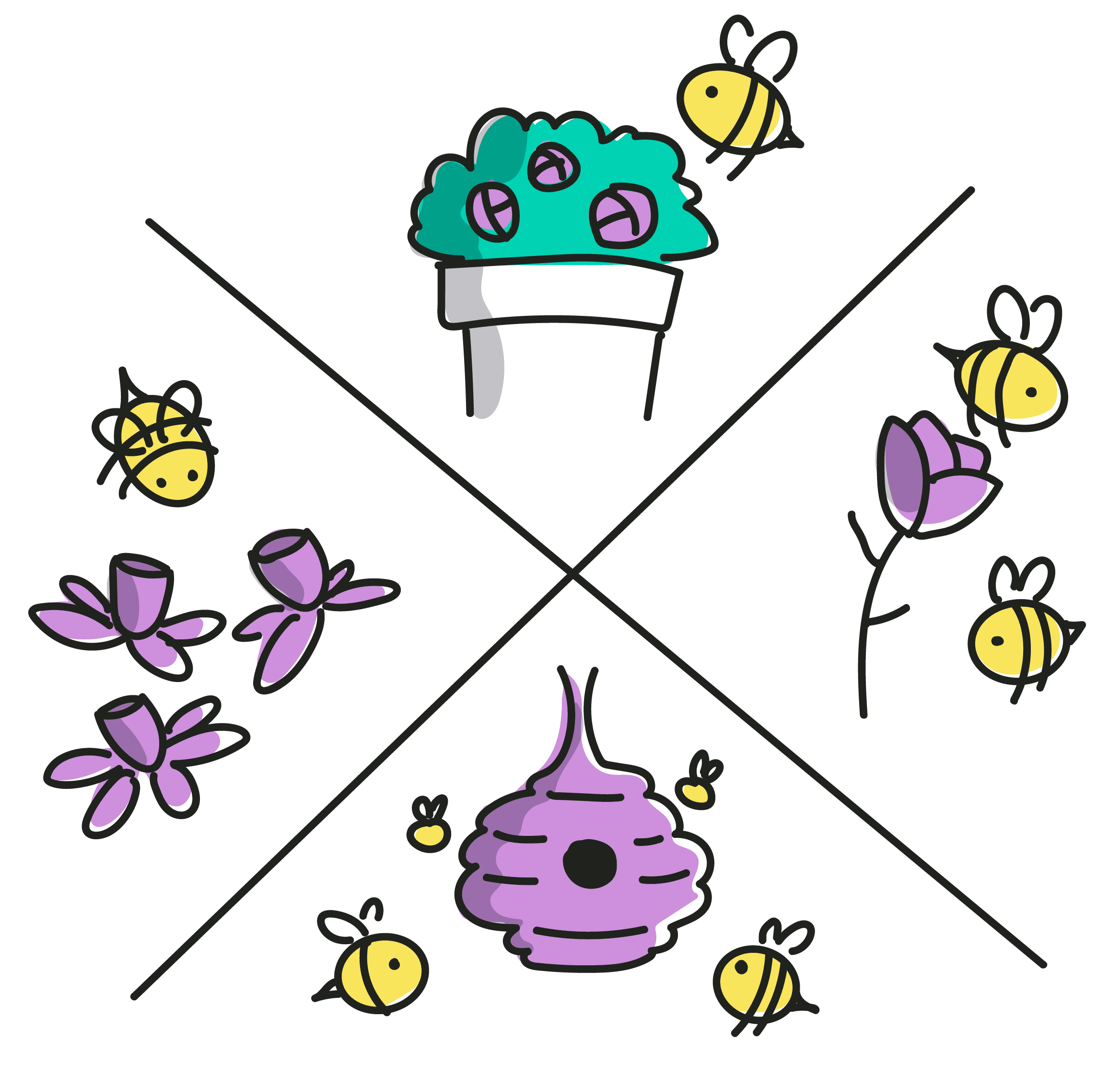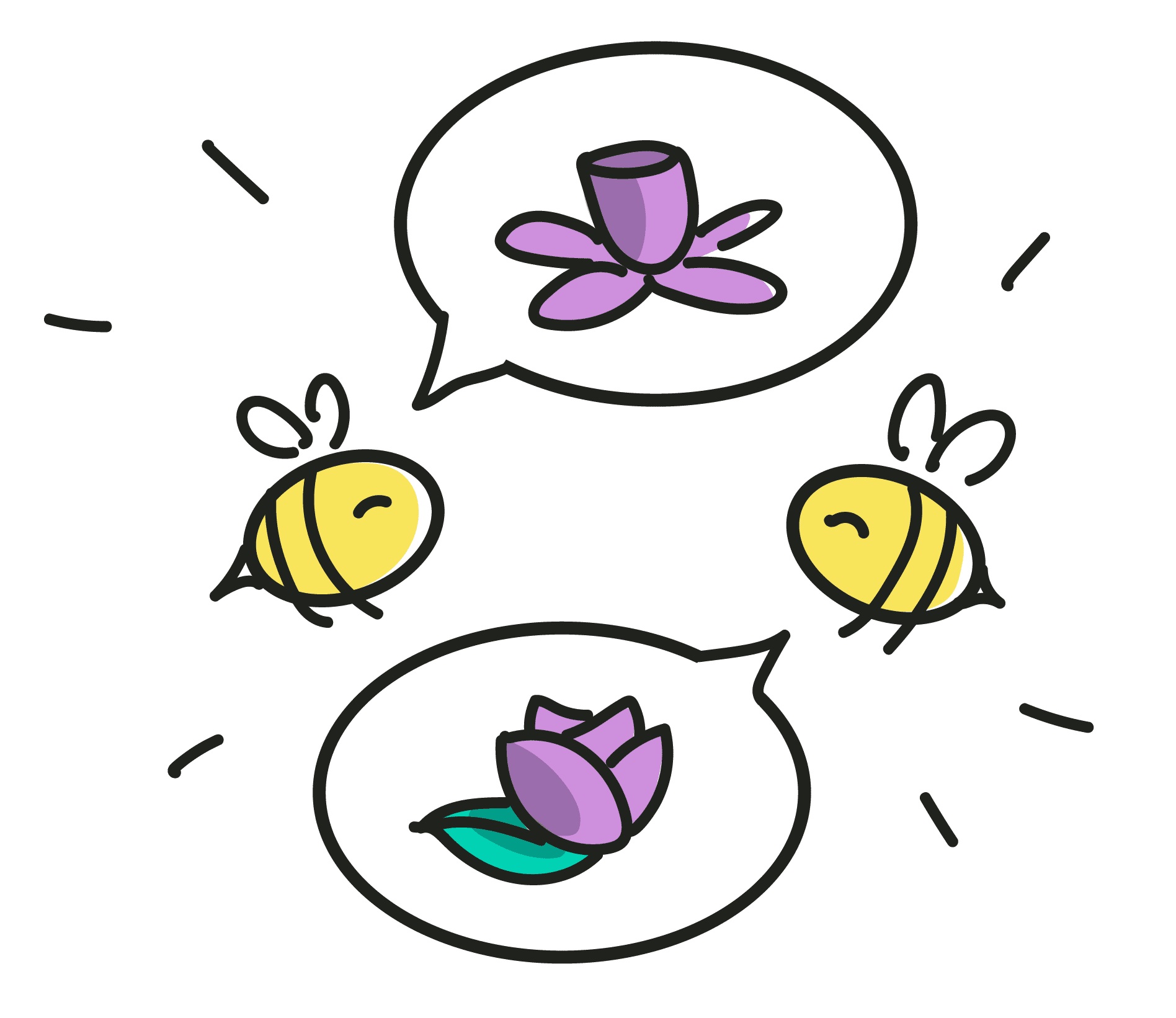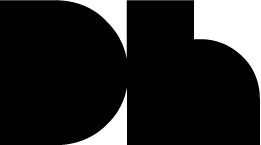The “great resignation” is underway.
That term began tripping off tongues last year, when an estimated 33 million Americans voluntarily left their jobs. There are several reasons for it, all of them exacerbated by COVID-19. More people might be opting for early retirement. Inflation and workforce shortages create demand for higher pay. Work-from-home and remote positions are more desirable than ever. The uncertainty of the pandemic prompted people to reconsider their careers.
Regardless of the root cause, this reshuffling has led employers to think more critically about work culture and how we communicate within it.
Employees tend to be happier in a healthy, vibrant workplace culture that makes them feel welcomed, listened to and supported. This might seem like common sense, but the ongoing “resignation” suggests it isn’t always achieved. Working remotely has made this more challenging, and strong internal communication and engagement are important ingredients in a strong culture.
Here are some best practices in recruitment and retention we’ve observed with clients and here at DH.
1. Embrace flexibility.
COVID-19 sent many employees home. Many have stayed home for two years now. Microsoft called hybrid work models “the next great disruption” and found 73% of employees are in favor of hybridization becoming the norm. We’re seeing this play out across diverse industries: Employees are now accustomed to work that’s flexible with their lifestyles, wellness and productivity. For many companies, including DH, allowing employees to choose their work environment has resulted in higher quality work and an uptick in morale.


2. Focus on tools that support digital employee engagement.
At DH, we use regular Zoom team check-ins and real-time discussion groups to communicate with our colleagues and maintain a fun digital culture. Slack or similar messengers are invaluable tools, as is a comprehensive project management system. Not only can workers instant-message one another throughout the day, but teams can create workplace-wide channels where people can share personal accomplishments and work-related milestones. Some of our favorite Slack channels at DH include “Overheard at DH” and “Random Cuteness.” Humor and pet photos are mood lifters! Encouraging one-on-one communication, even if it’s virtual, also goes a long way: The Donut app, which is Slack-compatible and generates random conversation prompts, encourages co-workers to actually co-work, or to otherwise hang out and maintain relationships.
3. Maintain intentional internal communications.
Internal communications are scalable for every organization based on the size of your team. But internal communications programs have never been more vital to keep employees informed amid historic uncertainty inside and outside of work, and to keep tabs on how they’re doing.
Consider:
- The reliable, easy-to-use communication tools you can provide. It can be an intranet service, a company-wide messenger like Slack, an eNews, or old-fashioned in-person (or virtual) staff meetings.
- The type of content you want employees to regularly see, and maximize the transparency into the business. Do you want to share financial reports on the health of the business? Stories of employees living their values at work? Stories of employees bringing their lived experiences to the job? All of these create culture and trust in the business.
- Dedicating time to discussion. Invite employees into conversations about challenges, opportunities and lessons learned. Small group discussion groups (in person or on Zoom) are powerful engagement tools and help team members feel connected.
- Your frequency in delivering stories to employees on these channels. It has to be frequent enough that it feels like an ongoing dialogue, showing progress on goals and how your team is achieving them.
And remember: Communications is a two-way street. A good internal comms program doesn’t just provide information to employees, it gives them a channel to report to and provide feedback to supervisors, leadership and peers. It also means seriously listening to employees and showing that you’ve heard their feedback. Annual employee surveys are a great way to do this, but it requires a follow-up report addressing key themes and examples for full transparency, as well as commitments to improving the employee experience.
4. Make DEI a priority.
Embracing diversity, equity and inclusion requires long-term commitment, leadership and planning. This work is never done, and it’s an important way to look at how you enhance your culture and create a best-in-class workplace. Many companies and organizations have been more transparent and vocal about incorporating DEI topics into their internal training programs. At DH we have an internal “DEI Collaborative” group that provides ongoing leadership, sponsoring agency-wide anti-racism conversations and leading initiatives. We’ve also launched an internal Slack channel where people share DEI resources and sponsor informal discussion groups. Creating structures that support and engage this work will accelerate progress.
It’s difficult to recruit individuals with diverse backgrounds if they can’t envision themselves working there — that’s reflected in the faces they see on your website, in the experience you represent in your social channels, and in the inclusive culture they feel during an interview. Put your DEI statement in job postings so it’s immediately visible to applicants, and showcase an inclusive office culture in the ways you describe your team on your digital channels.
Retaining employees who represent the communities you serve means creating space for them to bring their whole selves to the job. A regular feature of our staff meetings involves team members sharing their backgrounds with the rest of the team, providing a unique perspective on who they are and how their lived experience informs their skills. It’s not enough to say you’re working toward inclusion; make that inclusion part of your daily work.


5. Be mindful of wellness and authenticity.
This goes hand-in-hand with the importance of DEI, since your employees can only thrive if they feel comfortable sharing their authentic selves in the workplace. Consider adopting a wellness program and offering paid wellness days, which goes a long way toward encouraging a healthy work-life balance. It’s also important to give employees a space to share their strengths and areas of expertise; regular staff-led trainings can be a great outlet for that. Especially coming off two years of the COVID-19 pandemic, employees are feeling stretched thin. Burned out. Stressed. Wellness is a direct line to productivity, as well as activating the full set of skills you hire employees to provide. Wellness is the first spoke of Maslow’s Hierarchy for the office! An employee’s ability to thrive at work is predicated on their ability to thrive in their life outside of work. Consider the resources you’re willing to invest in wellness and make them visible. Make space for conversations about wellness and how people cope with the stresses in and out of the office.
6. Foster a vibrant internal culture.
At DH, our culture is integral to the work we do. In fact, it’s the engine that drives our work. We want our people to feel like they’re part of a supportive community, and we want to celebrate their unique talents, values and experiences. Fostering that culture can start with something as simple as a spontaneous staff get-together or an after-work happy hour, holiday parties or workday outings. At least once a week, we make time during morning staff check-ins to issue “kudos” to our colleagues, allowing us to shine a spotlight on amazing work within our agency. We also have an inter-agency “award” of excellence that team members give to their peers who have done something noteworthy.

Of course, there’s no way to have all these practices in place overnight. We’re all still in the process of adjusting to new ways of working, and we can’t have all the right answers all the time. Strengthening internal communications and bolstering healthy work culture is an ever-evolving process, so accept that and embrace it. Let your people and their needs inform the process. It’s like we often say at DH: Sometimes you have to slow down in order to speed up.
If you’d like to connect on internal communication and engagement strategies, feel free to reach out to us. We’d love to hear from you!
We're here to help
If you need help working through communications strategy, media engagement or audience engagement during this time, give us a call. We’re happy to talk strategy and help.

